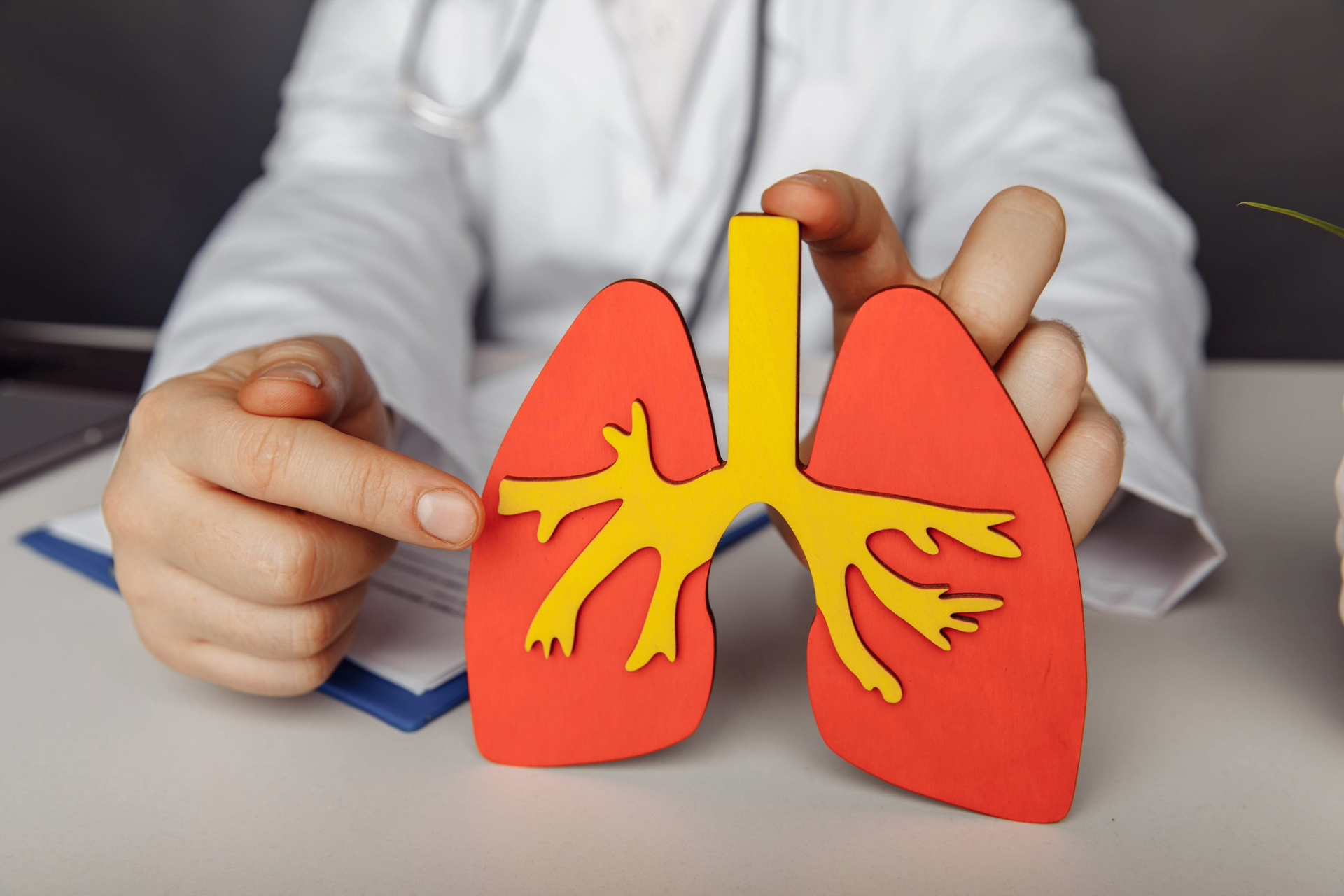
COPD (Chronic Obstructive Pulmonary Disease): Breathing Easier Through Understanding
COPD, or Chronic Obstructive Pulmonary Disease, is a prevalent and relentless lung condition that profoundly impacts the lives of millions. This multifaceted disease encompasses chronic bronchitis and emphysema, both of which lead to persistent airflow obstruction, making it progressively challenging to breathe. Here is a comprehensive look at COPD:
Causes and Risk Factors:
COPD is most frequently caused by prolonged exposure to irritating gases or particulate matter, most notably from tobacco smoking. However, occupational dust and chemical fumes can also contribute to its development. In rare cases, genetic factors may play a role.
Symptoms:
COPD manifests through an array of distressing symptoms, including:
- Chronic Cough: A persistent cough that often produces mucus.
- Shortness of Breath: Initially during physical activity but gradually even at rest.
- Wheezing: High-pitched whistling sounds during breathing.
- Chest Tightness: A feeling of constriction in the chest.
- Increased Mucus Production: Often leading to frequent throat clearing.
- Fatigue: A persistent feeling of tiredness, even with mild exertion.
Disease Progression:
COPD is typically progressive, meaning symptoms worsen over time. In its advanced stages, it can lead to severe disability, frequent hospitalizations, and life-threatening exacerbations, characterized by sudden worsening of symptoms.
Diagnosis:
Healthcare professionals employ medical history, physical exams, lung function tests (spirometry), and imaging studies (chest X-rays or CT scans) to diagnose COPD accurately. Early diagnosis is vital for initiating appropriate management.
Management:
While COPD has no cure, it is manageable through various interventions:
- Smoking Cessation: Quitting smoking is the most effective way to slow disease progression.
- Medications: Bronchodilator medications and inhaled corticosteroids help alleviate symptoms and improve lung function.
- Oxygen Therapy: Supplemental oxygen may be necessary in advanced cases to ensure adequate oxygen levels in the blood.
- Pulmonary Rehabilitation: Exercise and education programs help patients improve their quality of life.
- Lifestyle Changes: Staying active, eating a balanced diet, and avoiding respiratory irritants are essential.